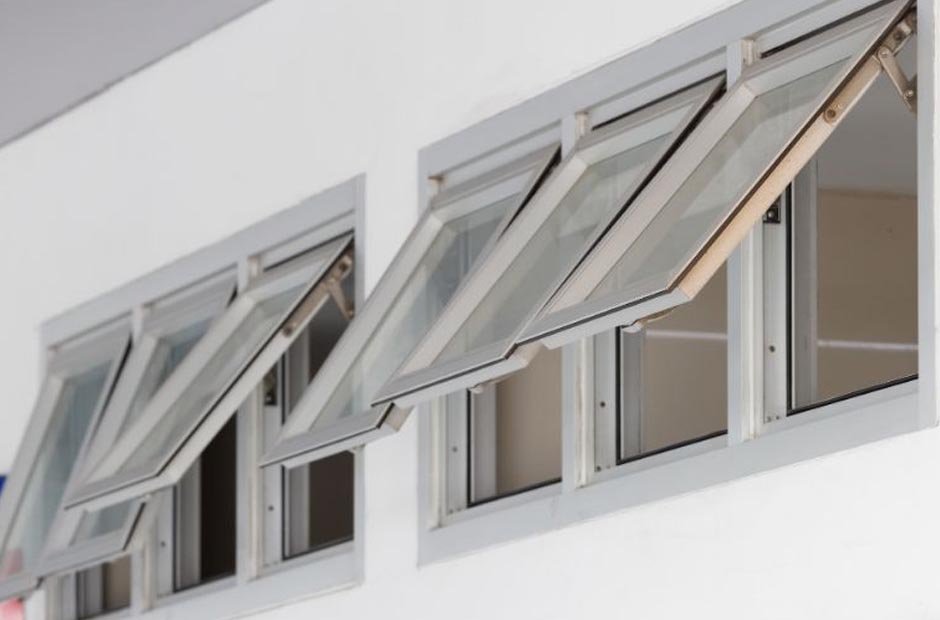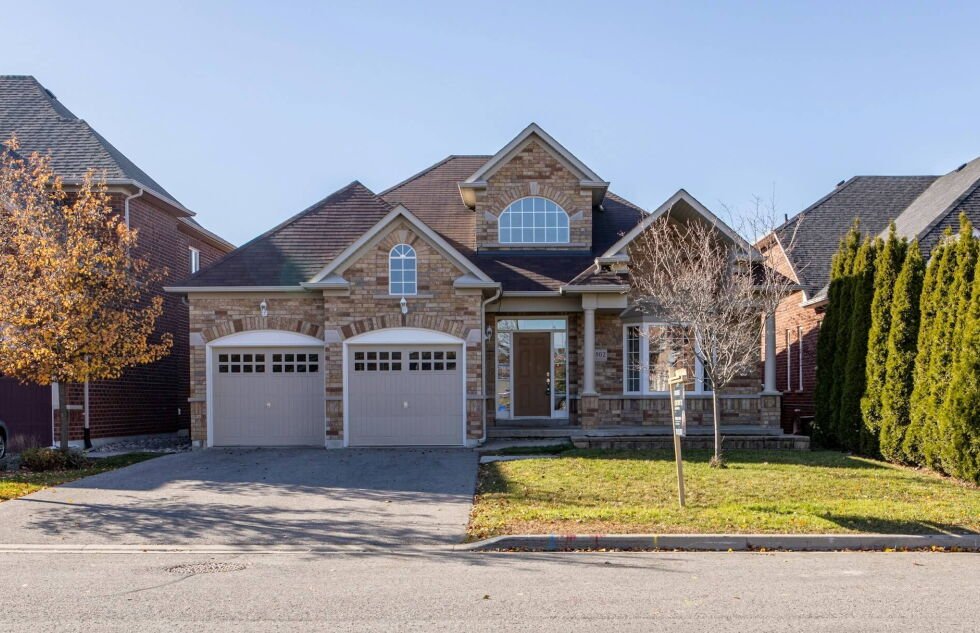People like to live in Colorado’s mountains, but it isn’t always easy. This is especially true when it comes to keeping your home comfortable. You want to stay warm in winter, but you also need fresh air, which can be a tricky balance. Good insulation matters for sure, but you can’t forget about airflow. The right windows make a big difference as they let your home breathe without forcing your heater or AC to work overtime.
The rising preference for awning windows in Colorado highlights their effectiveness in enhancing air circulation while preserving energy efficiency. They’re great at letting air in without letting all your heat escape. Plus, their design just works well with the way the weather changes up in the mountains. In this article, we’ll dig into why awning windows are becoming so popular in homes in Colorado.
Air Circulation Designed for Elevated Homes
Awning windows have a top hinge that allows the sash to swing outward, bringing cold air inside and exiting warm air. This feature is especially useful in high-altitude settings with large temperature variations between day and night. The angle of the entrance directs airflow in a controlled manner, resulting in a consistent indoor climate.
Their design keeps dust and debris out while increasing oxygen exchange in tight places in Colorado. The airflow arrangement lowers humidity and prevents condensation around window edges. Balanced ventilation ensures that interior spaces are comfortable and well-ventilated without wasting energy or sacrificing comfort. This regular air movement also helps to prevent the buildup of allergens and stale odors.
Strong Performance in Compact Design
These windows have the ability to fit perfectly into small spaces in Colorado. In spaces where cross-ventilation is critical, these fixtures play quite well. They tend to take up little wall space and have an efficient opening that allows for good circulation. The simplistic appearance of the structure complements a lot of modern home designs.
Their practicality has made them quite a popular option with architects. And since they are ideal for long-term use, they become apt choices. They also handle wind exposure and changing air pressure, thanks to the sturdy design, at elevations where air density and temperature change; each part works together to ensure steady airflow.
Designed to Withstand Mountain Conditions
High-altitude building requires materials that can tolerate fluctuations in pressure and temperature. Modern awning windows meet these requirements with reinforced frames and sophisticated seals. Each unit is resistant to the normal expansion and contraction that occurs in window frames.
These windows withstand bright sunlight and rapid weather changes. Advanced glass treatments reduce glare while retaining clarity. The combination of engineering perfection and structural integrity ensures a constant balance of ventilation and insulation, which is essential for mountain living.
Energy Retention through Natural Ventilation
Wind and uneven heat are some of the problems that these houses in the mountains face. Awning windows help to mitigate these situations with well-sealed edges that limit energy leakage. The top-hinged design of the window allows airflow to be carried out naturally without the need for any mechanical help.
Heat rises inside the house, letting cool mountain air enter from below during hot days. During the winter season, it is advisable to close the sash tightly in order to keep the heat inside and at the same time allow the interior to be fresh. This helps maintain comfort and energy efficiency throughout the year.
Durability and Low Maintenance Features
Long-term homeowners prefer materials that require minimal maintenance while providing consistent functionality. Awning windows use weather-resistant materials such as aluminum-clad vinyl and treated wood composites. Their tough finish resists bending, fading, and rusting from prolonged contact with sunshine and dampness.
Cleaning them is simple because their outward swing allows access from within the home. Their internal systems are designed to last, ensuring smooth performance even with repeated use. Their consistent performance under different weather circumstances makes them a reliable alternative for properties in high-elevation areas.
Improved Indoor Health and Comfort
Fresh air circulation is essential for preserving indoor wellness. Awning windows effectively manage airflow, thereby reducing airborne contaminants and stagnant air pockets. Cleaner air allows for easier breathing and a more comfortable living environment.
These windows reduce retained humidity, preventing mold growth around corners and ceiling edges. Balanced oxygen levels can enhance sleep quality and general interior comfort. Their impact goes beyond energy savings and includes significant health benefits that improve daily living standards.
Modern awning windows bring exceptional ventilation, resilience, and comfort to homes built across elevated regions of Colorado. Their design maintains equilibrium between natural airflow and energy preservation, improving comfort in every season. The popularity of awning windows in Colorado continues to rise as more residents discover their ability to blend elegance with efficiency. This combination of performance and adaptability makes them a reliable choice for maintaining fresh, healthy indoor environments across diverse mountain communities.













